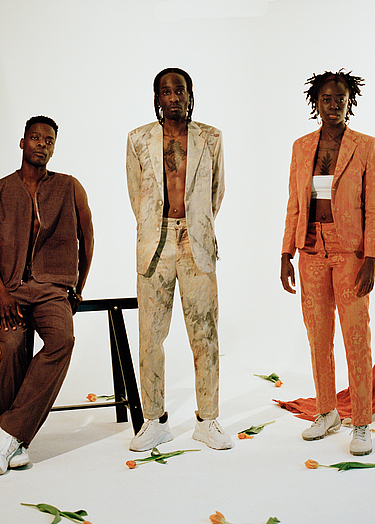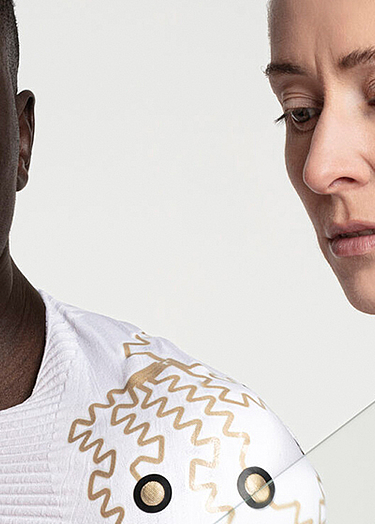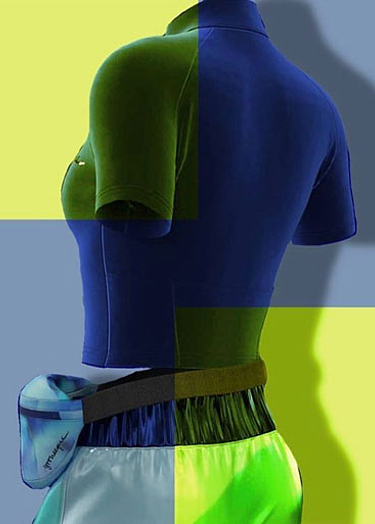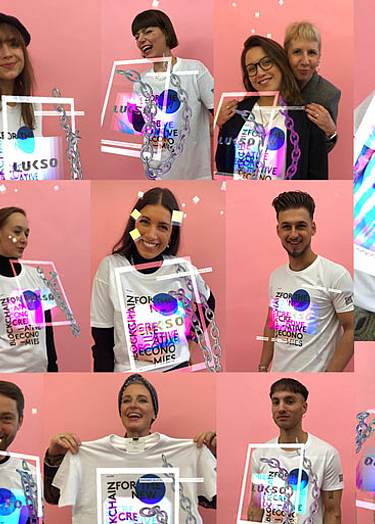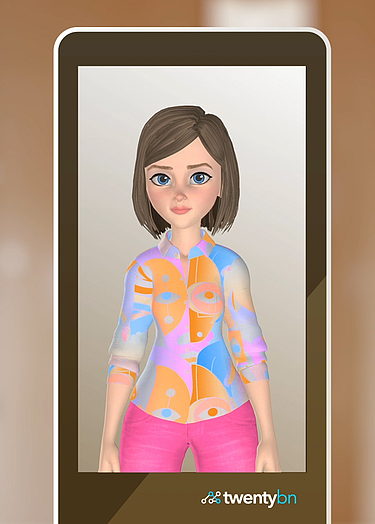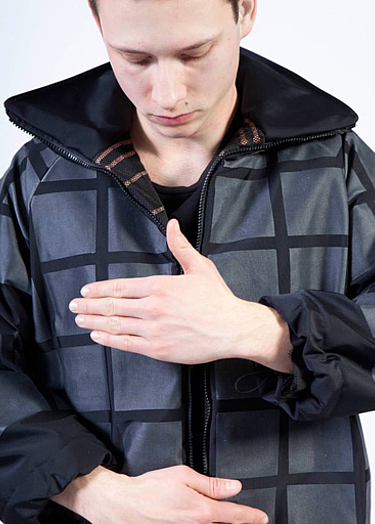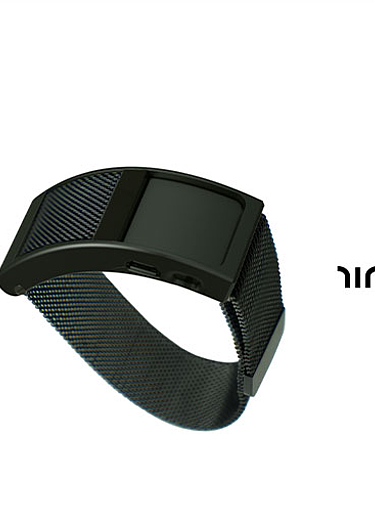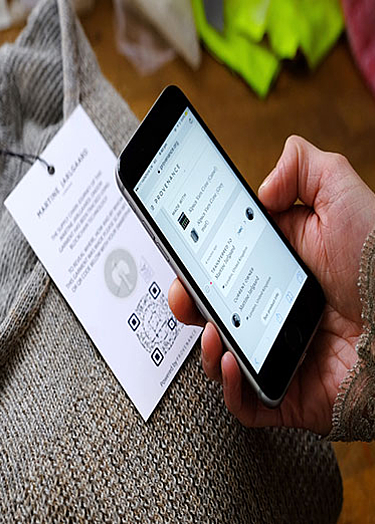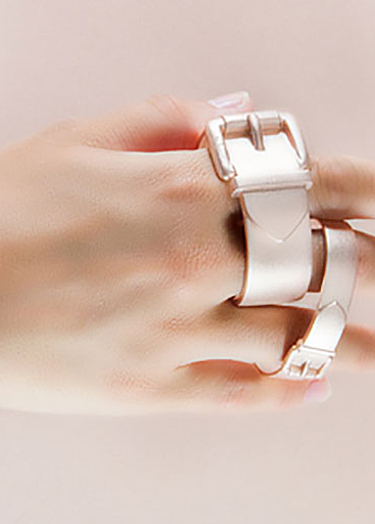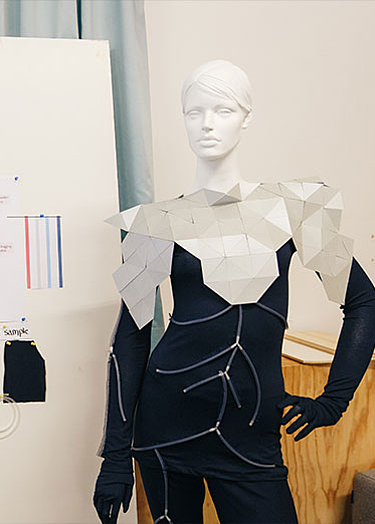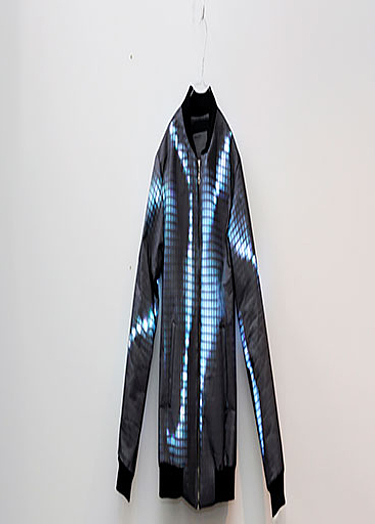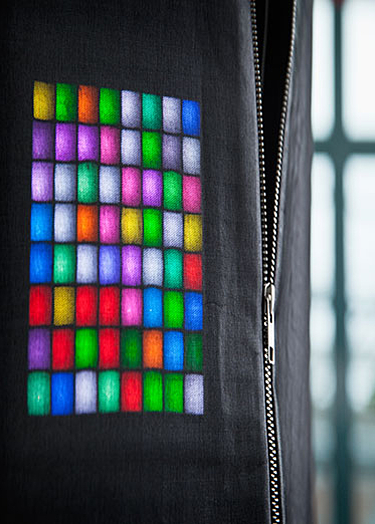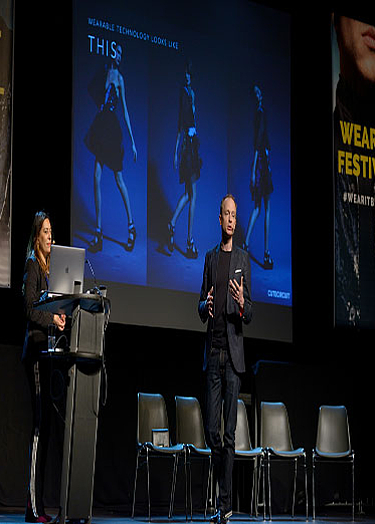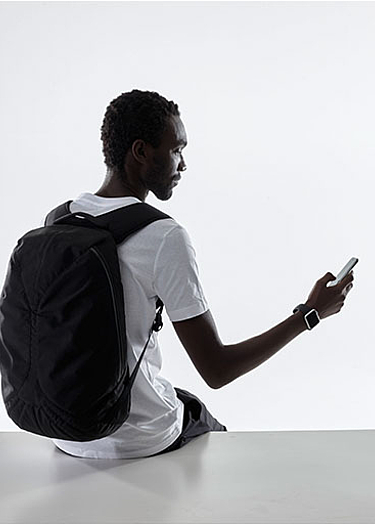Trend
Hearables – Smart In-Ear Technology

Hearables are multi-functional wearables for the ear, offering far more features than common Bluetooth headphones. Thanks to their built-in chips and sensors, they cannot only send information, but also receive and respond to them, making these small all-rounders extremely multi-faceted. The fact that the Hackathon is held on the topic of “Hear How You Like To Hear” and that numerous experts, entrepreneurs and users are dealing with this topic shows that everyone is talking about hearables. Named after the research project at Fraunhofer Institute in Oldenburg, the Hackathon on hearables was held within the context of this year’s Re:publica in Berlin, where it attracted a great deal of attention.
Hearables as fashionable gadgets
Numerous manufacturers follow this new trend and develop various hearables with variable features and priorities. Apart from giants like Google and Apple, more and more startups invest in the development of in-ear minicomputers. The functions offered by such hearables go far beyond the music listening experience. Hearables designed with sensors, artificial intelligence and microphones open up a wide range of applications in the health and fitness sector. Just like smart watches, they can measure pulse or heart rate, this however, according to experts, much more accurately than many smart watches are able to do. The hearables respond to the data measured, for example with an acoustic warning or by automatically playing calm music whey they detect a high stress level. Therefore, it is technically possible for a hearable to call for help in an emergency, as soon as the biometric data measures are classified as life-threatening. Thus, this technology can save lives. The Munich-based startup business Bragi has understood this trend, by developing smart in-ear technology named “The Dash”. These wearables do not only provide features of common Bluetooth headphones, but they can also track the user’s fitness.
Zero Touch with Language Assistants
Apart from the fitness and health sector, these smart gadgets offer many other areas of application. Many hearables are for example coupled with language assistants, making the zero-touch approach increasingly important. This means that we can use computers without even having a screen in front of us or without using a touchpad, mouse or keyboard. Hearables thus serve as a substitute for computers, by allowing us to retrieve and share information via voice control. These prompters equipped with artificial intelligence are designed to help and assist us in everyday life. They can manage calendar entries, translate menu cards or create a shopping list. Furthermore, the aim of hearables is to improve the acoustics.
Controlling ambient noise
The San Francisco-based Doppler Lab has introduced hearables to the market that are recognised by their unique filter technology. The Doppler “Here One” is designed to filter or change ambient noise, allowing the user, for example, to decide whether they want to reduce the noise of a conversation at the neighbouring table or even listen to it at a higher volume than the original conversation. The “Here One” can regulate noises from +6 decibels down to -22 decibels. Noah Kraft, the company’s CEO, calls this technology “computational hearing”. Innovations such as the “Here One” have a lot of potential for future applications as well. As an example, they would allow users walking past a certain shop to get the shop’s offers whispered into their ear. The company has not launched implementation of such features yet, but they are currently establishing models for cooperation.
Award-winning wearing comfort
In the future, 3D printers might be used to provide a perfect fit of hearables in the ear, as they allow customised manufacturing of the earplugs. Wearing comfort plays an important role for the adoption of hearables. Thirdskin’s “Hy” headphones show that hearables can be worn all day long already today. Due to the headphones’ high wearing comfort and their sophisticated smart technology, Thirdskin was among the winners of IDTechEx at the Wearable Berlin conference in April this year. The impressive aspect of this concept is the combination of bone and air conduction technology. This is the origin of the name “Hy” for “Hybrid”. This technology transmits the mid and high frequencies using small speakers by means of air conduction. The basses are transmitted to the inner ear by means of bone conduction. “Hy” is furthermore suitable for a wide range of applications beyond music. Sensors can measure bodily functions, and by coupling common language assistants, users can retrieve and update data from their calendar, write e-mails and answer calls.
The features offered by the latest hearables are as diverse as the small size of the computer. Experts forecast a rapid distribution of these gadgets, which are available in stores at a price of about 250 Euro, depending on model and design.
For more information see:
https://18.re-publica.com/en/session/hear-how-you-hear
https://www.thirdsk.in/
https://hereplus.me/
https://www.idmt.fraunhofer.de/de/institute/projects-products/projects/liketohear.html
https://re-publica.com/en/session/hear-how-you-hear
https://www.bragi.com/
